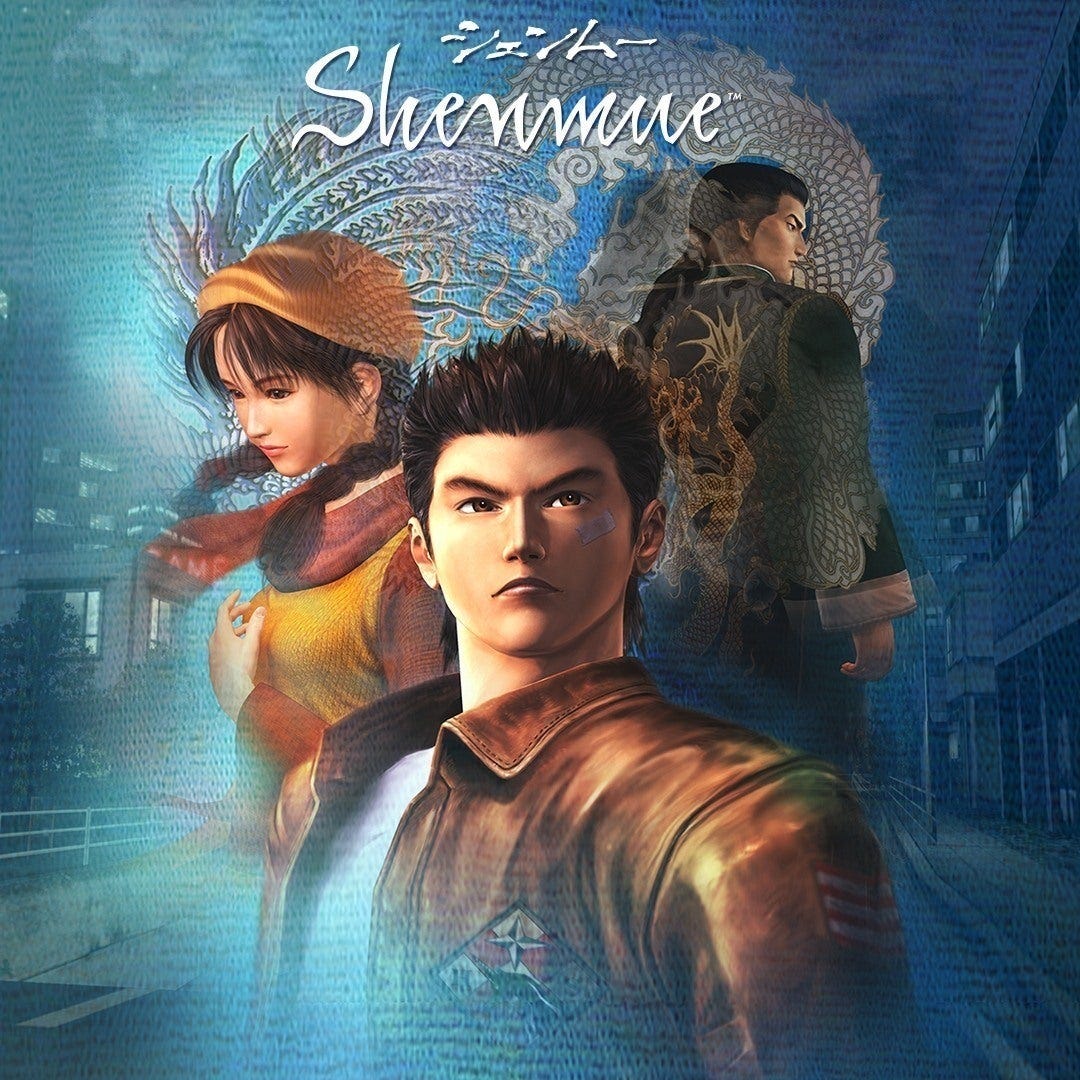The Sega Dreamcast: A Nostalgic Look at Its Business Legacy and Lasting Influence
A Console with games that still hold up today.
The Sega Dreamcast, released on November 27, 1998, in Japan and September 9, 1999, in North America, was a console that many consider ahead of its time because it had some of the most memorable games in video game history. It was Sega’s final foray into the hardware market, marking the end of an era in gaming, and the market has never been the same. Despite its commercial struggles, the Dreamcast left an indelible mark on the industry with still influential innovations. From its built-in modem for online play to its unique VMU (Visual Memory Unit) memory cards, the Dreamcast pushed boundaries and captured the hearts of gamers. (Amerinofu, 2019)
Sega’s Business Struggles and the Road to the Dreamcast
By the time the Dreamcast launched, Sega was already in financial turmoil; that is a nice way of saying they were knee-deep in financial excrement. The company had struggled with the Sega Saturn’s poor performance (The most beautiful console ever engineered), and consumer trust had waned due to a string of failed add-ons for the Genesis, such as the Sega CD and 32X. The Dreamcast was meant to be Sega’s redemption, offering a powerful console with cutting-edge technology at an attractive price point. Despite initial success, the momentum could not be sustained. (Hackaday, 2021)
Innovative Features That Set the Dreamcast Apart
What made this console different? Why are many of us still playing it today? The Dreamcast introduced several industry-first features that would later become standard in modern gaming. It was the first home console to include a built-in modem for online multiplayer gaming, paving the way for services like Xbox Live and PlayStation Network. Additionally, it utilized Windows CE with DirectX, making it easier for developers to port PC games to the console. The VMU served as both a memory card and a mini-handheld gaming device, adding a unique layer of interactivity. (Sega Retro, 2021)
A Library of Iconic Games
Although the Dreamcast had a relatively short lifespan, its game library was exceptional. It really was filled with some real bangers! Titles like Crazy Taxi, Jet Set Radio, and Phantasy Star Online were ahead of their time, offering innovative gameplay mechanics and fresh aesthetics. Shenmue, one of the most ambitious games of its era, set the groundwork for modern open-world RPGs. Meanwhile, Resident Evil – Code: Veronica was a graphical and narrative powerhouse, cementing its place as one of the best horror games on the system. (Amerinofu, 2019)
The Best-Selling Games on the Console
Despite its short lifespan, the Dreamcast boasted several best-selling titles that contributed to its cult status:
Sonic Adventure – The first fully 3D Sonic platformer and a flagship title, 2.5 million sold.
Soul Calibur – A groundbreaking weapons-based fighting game that pushed the limits of visual fidelity. 1.3 million sold.
Shenmue – An ambitious open-world experience that sold 1.2 million copies.
Resident Evil – Code: Veronica – An exclusive survival horror title that sold 1.14 million copies. (Sega Retro, 2021)
The Dreamcast’s Decline
Unfortunately, despite its technical achievements and strong library, the Dreamcast struggled against the competition. Sony’s PlayStation 2, which promised DVD playback and a vast software lineup, overshadowed Sega’s console. Additionally, following Saturn’s failure, consumer trust issues made many gamers hesitate before investing in another Sega console. The Dreamcast was officially discontinued in 2001, marking the end of Sega’s time as a hardware manufacturer. (Hackaday, 2021)
The Legacy of the Dreamcast
Even though the Dreamcast was short-lived, its influence persists. Semi-open hardware has allowed independent developers to continue releasing games for it, and many of its innovations have shaped modern gaming. Online multiplayer, digital distribution and experimental game design were all pioneered on the Dreamcast. Today, the console maintains a passionate cult following, with collectors and retro gamers celebrating its contributions. (Sega Retro, 2021)
Conclusion: The Bookend of an Era
The Sega Dreamcast represents both the end of Sega’s console-making days and the beginning of many gaming trends that continue today. Though it was ultimately a commercial failure, its impact on gaming remains undeniable. For many, the Dreamcast is a nostalgic reminder of a time when gaming was bold, innovative, and full of surprises, things you can’t say in the games as a service age. Its story is a testament to the idea that even consoles that don’t “win” in the marketplace can leave a lasting legacy in the industry.
References
Amerinofu. (2019). The Legacy of the Sega Dreamcast 20 Years Later. Retrieved from https://medium.com/@Amerinofu/the-legacy-of-the-sega-dreamcast-20-years-later-d6f3d2f7351c#:~:text=In%20a%20way%20it%20is,its%20predecessors%2C%20it's%20still%20thinking.
Hackaday. (2021). The Dreamcast Legacy. Retrieved from https://hackaday.com/2021/12/22/the-dreamcast-legacy/
Sega Retro. (2021). History of the Sega Dreamcast/Decline and Legacy. Retrieved from https://segaretro.org/History_of_the_Sega_Dreamcast/Decline_and_legacy







